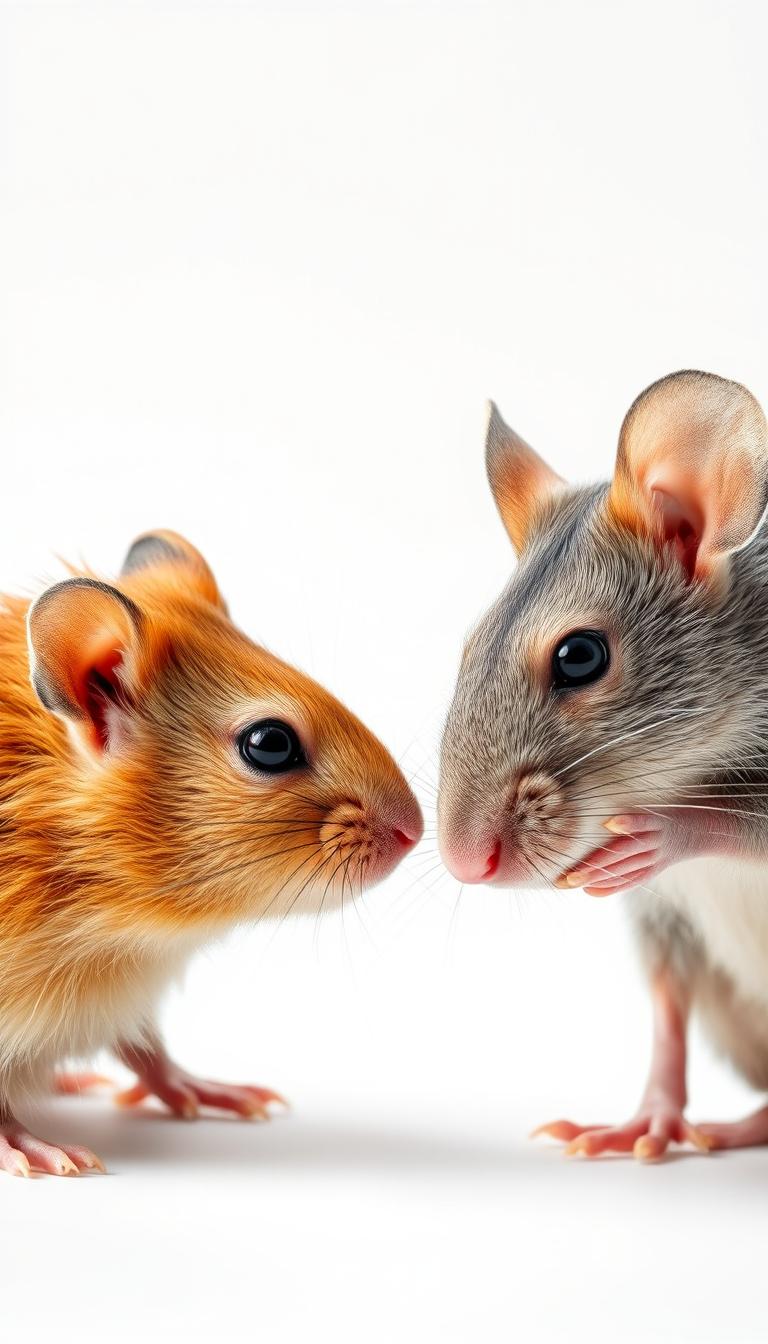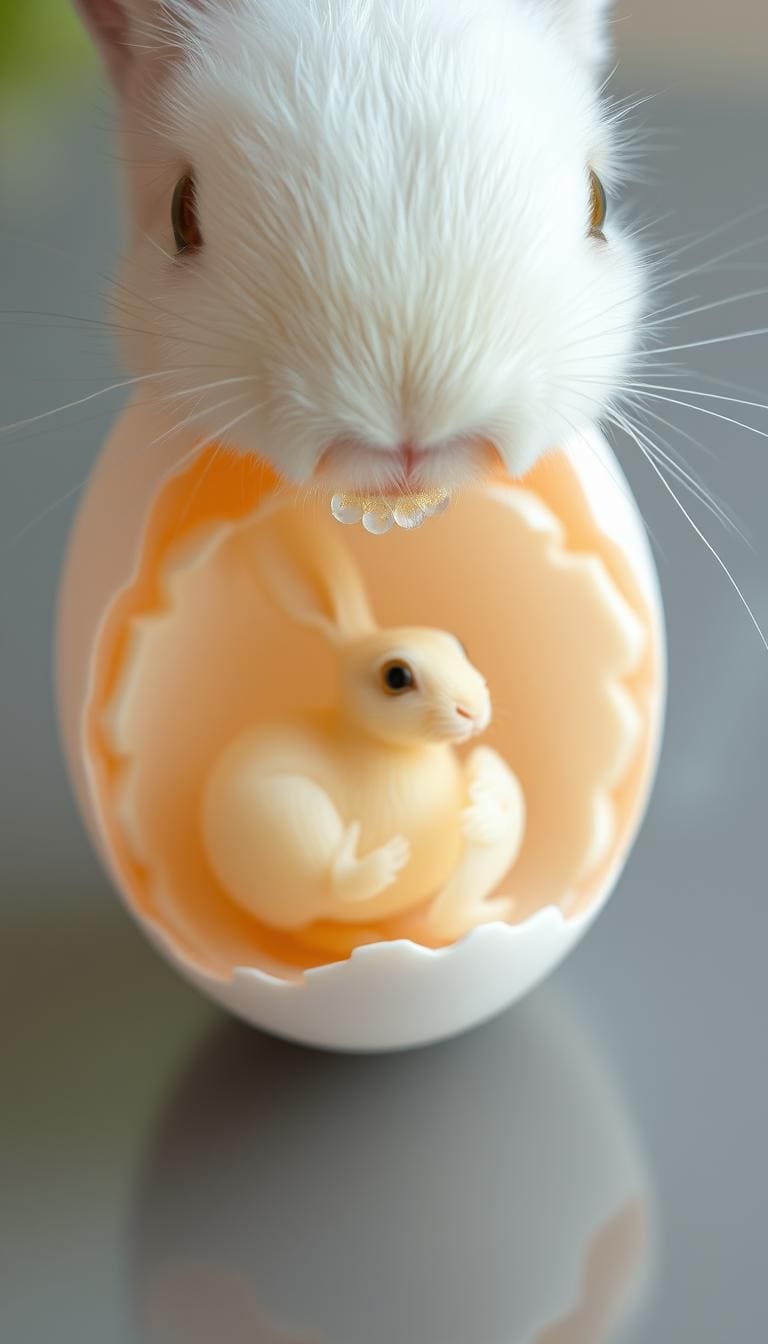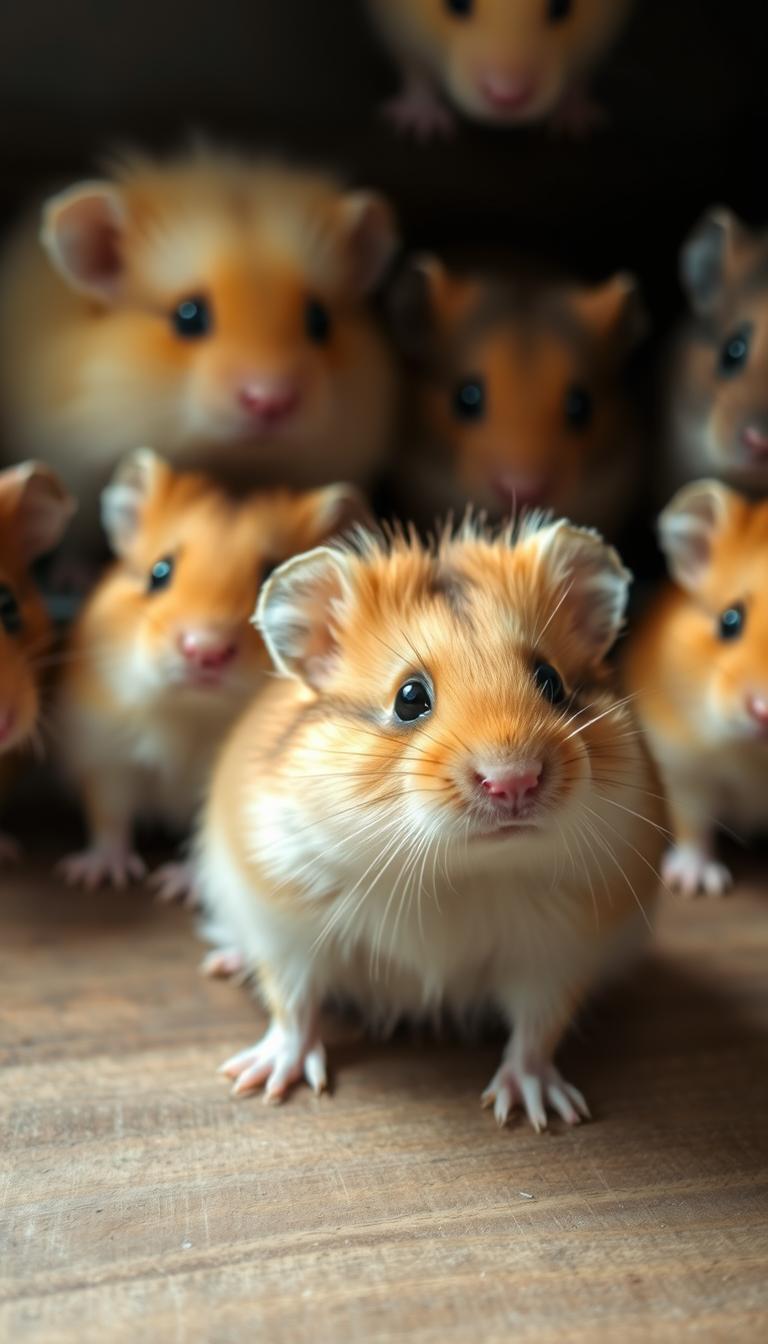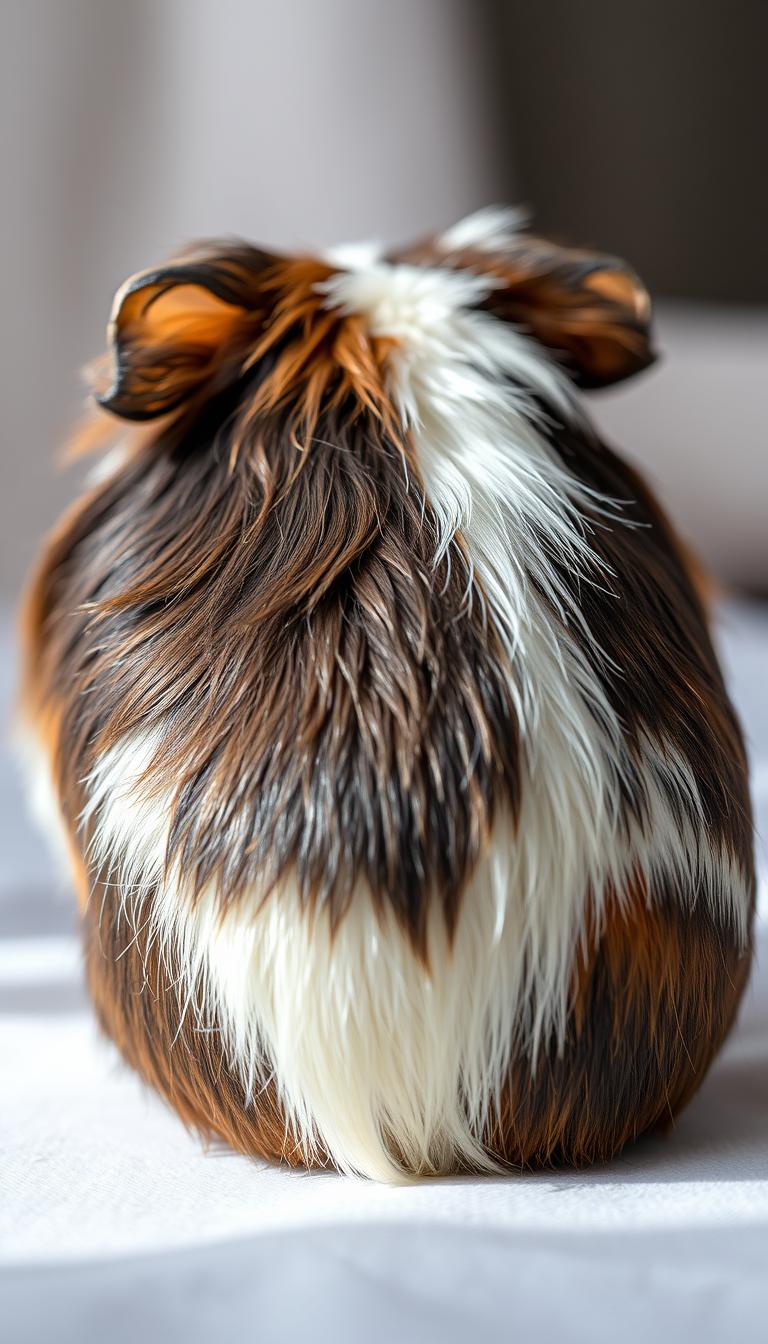Many rodent enthusiasts wonder about the relationship between these two popular pets. While both creatures belong to the same biological order, they couldn’t be more different in behavior, care needs, and evolutionary history. Let’s clear up this common confusion once and for all.
You might notice similarities like twitching whiskers and cheek-stuffing habits. But did you know there are over 25 distinct hamster species worldwide? Only three main types – Syrian, Dwarf, and Chinese – dominate the pet trade. Rats, while equally charming, follow entirely separate genetic paths despite sharing the rodent family tree.
This mix-up often stems from their nocturnal nature and compact sizes. New pet owners sometimes overlook critical differences in social needs – while rats thrive in groups, most hamsters prefer solo living. Understanding these distinctions helps create better habitats and prevents mismatched expectations.
We’ll explore how their lifespans, dietary preferences, and communication styles set them apart. You’ll discover why both make fantastic companions when properly understood, and how to choose which furry friend aligns with your lifestyle. Let’s dive into the fascinating world of small pets!
Table of Contents
Understanding the Basics of Hamsters and Rats
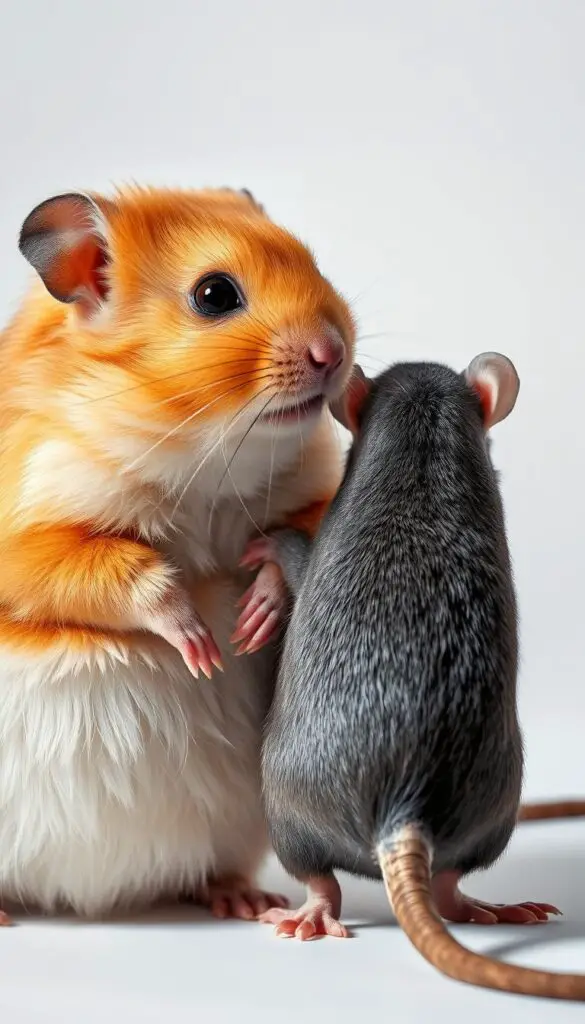
To truly appreciate these small companions, start with their biological roots. Syrian hamsters tower over other breeds at 6-8 inches long, demanding solo living spaces. Meanwhile, dwarf varieties form tight-knit groups – except for Chinese hamsters, which blend dwarf size with solitary preferences.
Size Matters in Small Packages
Adult rats dwarf even the largest Syrian hamsters, weighing up to 1.5 pounds. Their bodies stretch nearly twice as long, requiring significantly more room to explore. This size difference impacts everything from cage setups to food portions.
Night Owls With Different Schedules
Both species thrive after dark, but rats adapt better to human routines. They nap frequently, allowing daytime bonding moments that hamsters might resist. Their sleep patterns directly affect how you’ll interact with each pet.
Lifespans tell a poignant story – most small companions stay for 1-3 years. Rats typically enjoy slightly longer lives, creating deeper bonds but heavier goodbyes. Discover more about little-known hamster behaviors that highlight their unique needs.
Space requirements reveal another key difference. While a 24-inch wheel suits Syrians, rats need vertical climbing structures. These needs stem from their wild ancestors’ habitats – open deserts versus urban landscapes.
Care Comparison: Cage Setup, Cost, and Daily Needs
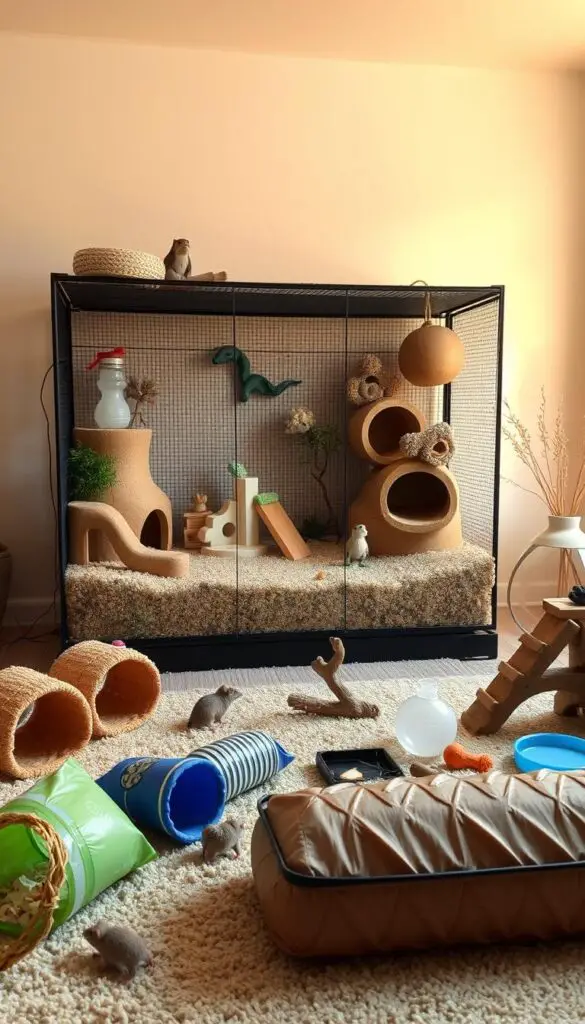
Creating the perfect habitat starts with understanding your pet’s unique needs. While both species require safe spaces to thrive, their living arrangements and maintenance routines differ dramatically.
Cage and Enclosure Requirements
You’ll need vertical space for rats – think multi-level condos with climbing ropes and platforms. These social creatures demand at least 2 cubic feet per animal to prevent stress. For smaller companions, horizontal tunnels connecting to an 8-inch wheel work better than tall structures.
Budget, Feeding, and Enrichment
Initial setup costs tell different stories. A proper rat enclosure often costs triple what you’d spend on basic hamster housing. Though pellet expenses run similar, expect to buy 30% more food weekly for larger rodents. Both need fresh veggies daily, but rats relish protein-rich treats like boiled eggs.
Essential Toys and Bedding Considerations
Paper-based bedding suits both species, but you’ll replace it twice weekly for group-housed pets. Rotate puzzle feeders weekly for smart rodents who solve challenges quickly. Durable lava stones last months for gnawing needs, while cardboard tubes become instant chew toys.
Weekly maintenance takes 15 minutes for single occupants versus 30+ minutes for social groups. Stainless steel bowls and bottles prevent escapes and spills, keeping your budget-friendly setup functional long-term.
Are Hamsters Rats? Debunking the Myths
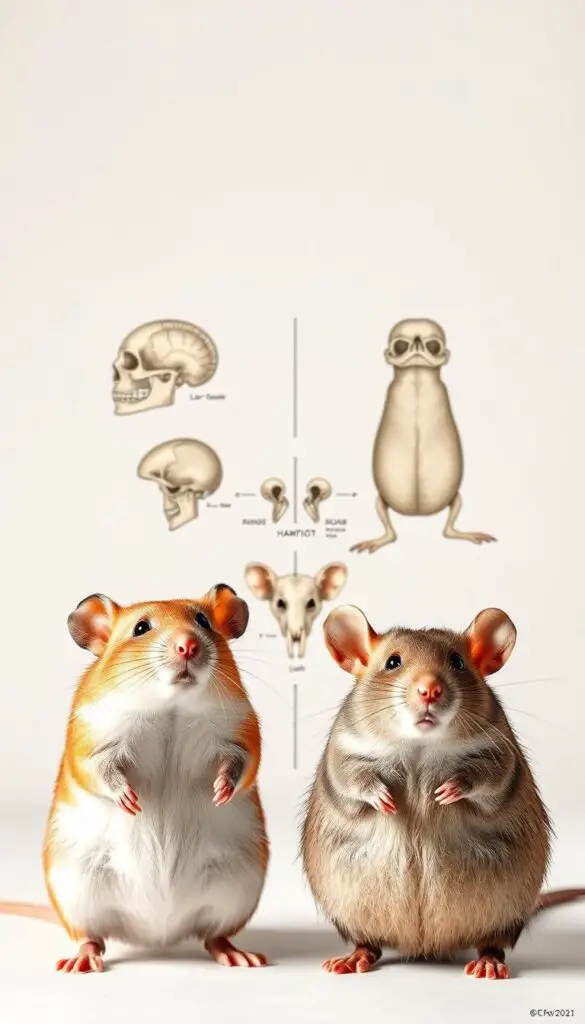
The confusion between these furry companions often starts with surface-level similarities. Let’s separate fact from fiction with clear comparisons that highlight their unique traits.
Physical Characteristics and Size Differences
One glance tells the whole story. Rats sport hairless tails longer than their bodies, perfect for balance during climbs. Hamsters counter with stubby tails and expandable cheek pouches – nature’s snack storage system.
Color variations add another clue. While most rats stick to solid grays or browns, hamsters dazzle with golden hues, striped patterns, and even panda-like markings. Size matters too – adult rats often weigh three times more than even the largest Syrian breeds.
Behavioral Traits and Interaction Styles
Intelligence levels create stark contrasts. Rats solve puzzles faster than some dogs and form deep bonds with their humans. “They’ll greet you at the cage door like puppies,” says one experienced owner. Hamsters prefer solo adventures, often nipping when startled by sudden movements.
Handling experiences differ dramatically. With regular interaction, rats learn to snuggle in hoodie pockets during movie nights. Most hamsters stay hand-shy throughout their lives, though patient owners might earn tentative trust through evening feedings.
These differences explain why people often prefer one species over the other. Social butterflies thrive with affectionate rats, while night owl observers enjoy watching hamsters’ intricate food-stashing routines.
Assessing Pet Needs: Temperament, Commitment, and Health
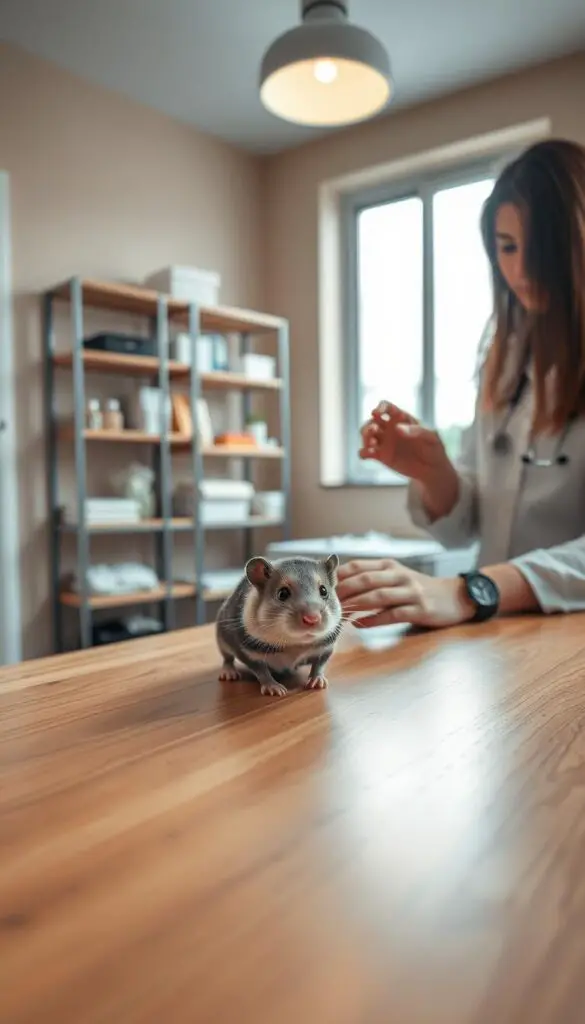
Choosing between these furry friends? Their social needs and care demands will shape your experience. Let’s break down what each companion requires to thrive in your home.
Social Temperament and Interaction Tips
One key difference stands out: social bonds. While smaller companions often prefer solitude, larger ones crave company. Always keep social species in pairs or small groups to prevent loneliness. Solitary types may become aggressive if forced to share space.
| Social Needs | Daily Interaction | Ideal Setup | |
|---|---|---|---|
| Companion A | Requires group living | 60+ minutes | Multi-level habitats |
| Companion B | Prefers solo living | 15-30 minutes | Spacious single enclosures |
Time Commitment and Handling Advice
Your schedule matters more than you think. Social pets demand daily out-of-cage time for mental stimulation. Plan for at least an hour of supervised play each day. Solitary types enjoy shorter interactions during their active evening hours.
Always approach nervous pets slowly. Offer treats from your palm to build trust. Never wake sleeping companions – it stresses them and may lead to nipping.
Health and Lifespan Considerations
Watch for sneezing or labored breathing – both signal respiratory issues. Avoid cedar bedding and sudden temperature changes. Social species often live 2-3 years, while solitary ones typically reach 1.5-2 years.
Check for lumps during weekly handling. Younger pets might develop stress-related digestive issues. Always consult an exotic vet if you notice behavior changes or appetite loss.
Wrapping Up Your Pet Decision: Finding Your Perfect Furry Friend
Your ideal companion choice boils down to lifestyle harmony. While both hamsters and rats deliver joy, their care rhythms contrast dramatically. Social species flourish with daily interaction and brain games, perfect for hands-on owners. Independent types fit better with limited-time caregivers through predictable routines.
Space availability guides habitat decisions. Multi-level cages with climbing gear suit energetic pairs, while simple enclosures with proper wheels meet solitary needs. Budget-conscious owners should note: group habitats cost triple basic setups initially.
Interaction preferences tip the scales. Trainable pals offer bonding through obstacle courses, while observational pets entertain with food-hoarding antics. Both reward commitment with distinct personalities when given species-specific care.
Match your daily flow to their natural cycles. Night-active creatures might disrupt early birds, while adaptable sleepers adjust better to daytime play. Whatever your choice, proper habitats and understanding create lasting pet-owner partnerships.

